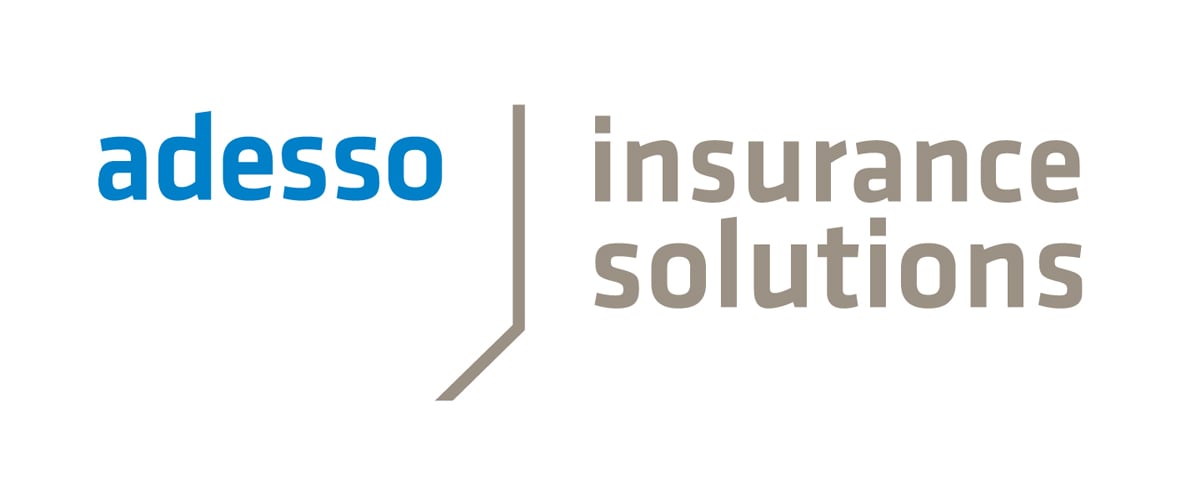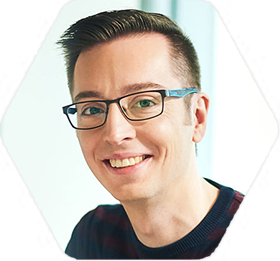With “Project Insights”, we wish to provide an insight into day-to-day work at our company told from the perspective of our colleagues. And let’s begin!
When it comes to software projects, many of our customers face – among other things – the challenge of transferring large quantities of data from old systems to new ones. One can imagine the importance of properly migrating this data, especially in the insurance industry. To that end, adesso insurance solutions has developed a software and framework specifically for this matter: MIGSuite. Our colleague, a software engineer from Cologne named Martin Kluba, will give us an insight into a migration project like this one.
Hello Martin! To begin, can you briefly tell us the purpose of the project that you supervise?
The entire project in question deals with introducing our in|sure PSLife software at a large insurance group headquartered in Aachen. Due to the company’s size and subdivision into individual departments and subsidiaries, the first challenge consisted of resolving technically demanding issues with various stakeholders in order to smoothly enable the required migration of the existing data from the source system.
How is the project preparation process like for a migration?
When the customer chose our solution, the first objective was to determine how the different databases and systems are intermingled with each other in the customer company. Or: Who must talk to whom, how and – above all – when to ensure that, in the end, everything goes precisely where it needs to go. Afterwards, arrangements must be made with the respective experts of the individual data sources on how to process the data under certain contexts. Our colleagues at Management Consulting were primarily the ones who advanced this work. In this project, we benefited from the fact that we were able to tailor everything to the target system somewhat more easily because, in this case, we were able to build on existing knowledge and contacts. However, a lot of time will be spent on making phone calls, on-site visits and holding meetings in this phase of the project.
Now that all the preparations have been made, how is it like for you as a developer to begin the project?
Actually, we always receive a warm welcome at customers’ premises. Furthermore, you often run into all sorts of familiar faces from previous projects and can quickly get started. Brief, daily meetings are held in the first phase and at the times, in which the first milestones occur. In these “dailys”, the current state of the project along with pending activities are coordinated with all affected departments along with any difficulties that have arisen in order to find a mutual solution. Such projects subsist through their team spirit.
You talk about team spirit. In other words, even though the team consists of external and internal employees who furthermore come from many different departments, do you quickly coalesce into the right team?
That’s right! I always find it amazing that, even though so many people and such a large company are involved, all employees can get along and quickly come to an agreement, even if you are not always physically present as a project employee. Of course, it is useful if you have an experienced coworker as a contact person — as is the case in this project — who is already very familiar with the customer company. Currently, the cooperation is consistently positive, and I can quickly and consistently get help and assistance from the team – even if there are occasional time constraints. You truly work toward a common goal.
Let’s be frank. At the start of the project, not everything can be carried out as it is written on paper. This applies to runtime environments, interface connections, and even to the actual “migration pipeline.” But even if things are sometimes hectic by the day, the tone among everyone involved is actually consistently friendly and collegial. As a result, you quickly forget that you’re an “outsider” and you simply feel like a member of the team. And this is despite the fact that you, of course, tailor the way your work and your processes to the customer. And I find that, to some extent, it also accounts for the project’s success. Furthermore, you always meet and appreciate new people in such projects, which also makes it fun. (Note: The cafeteria they have there is excellent. It’s my personal little goodie. ☺)
In projects, how is it like for you to adapt yourself to how a customer works and their processes? At adesso insurance solutions, we all work quite agile indeed.
In the project, you can witness an interesting middle ground between agile and classic project planning in real time. I prefer to view large companies and insurance companies in particular as companies that rely on long-term planning. This is definitely due to their structure, since it also involves a great deal of suborganizations that must coordinate among each other. However, attempts are generally made to simultaneously work with the advantages of agile software development so that all the “day-to-day matters” run on Scrum.
That sounds quite complicated. How would that be like?
There are large coordination meetings at regular intervals, and Scrum is performed in between. And we do so with all the bells and whistles: using Scrum Master and Sprints, a release train and all that it entails. Of course, we as a project team for migration are not involved in all the processes. We have not participated in the large planning meetings but, even as an onlooker, it was exciting. There is continuous input and results from developers/architect meetings, which even gives you a bit of the customer’s entrepreneurial spirit.
What do you personally think of this type of work in a project?
All in all, very positive. Particularly in this project in Aachen, you can tell that great attention is also paid to the social aspect of the collaboration. Events regularly take place, and the atmosphere at the office is really cool. Naturally, this “fusion” has the pleasant effect of making all participants actively take part in discussions and advance the project. Even the retrospective, which we had now following the last installment, was truly enlightening. We were able to talk about good and bad things very openly and were able to once again make progress for future projects.
Another interesting side effect of project work is, of course, the fact that you meet many colleagues from your own company or the adesso corporation by working together in interdisciplinary teams for the customer. And when you afterwards see them again in places like our seminar trip and the adesso Christmas party, it makes the events even cooler.



Do you have any questions or comments? Then please leave us a comment.